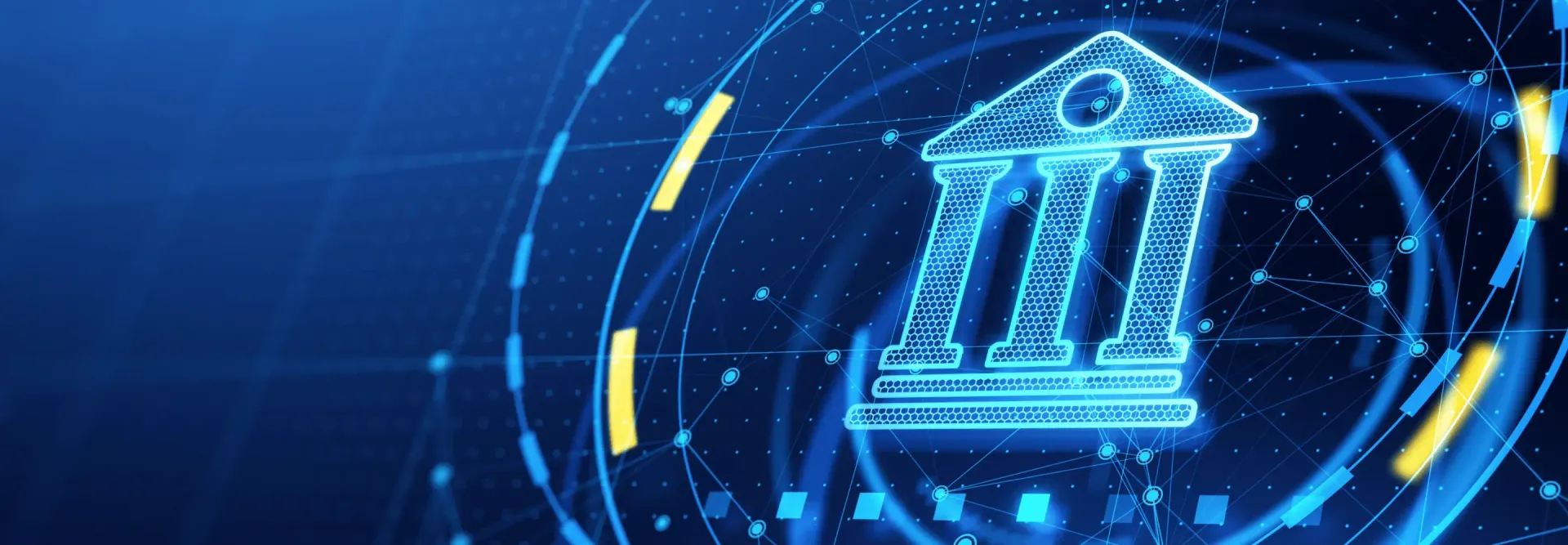Retention strategies for a downturn period
Know your customer cohorts and their health.

Mitigating panic churn during a downturn can minimize the disruption of economic uncertainty. Key to doing this is by focusing on at-risk customer cohorts. Not only is retention less vulnerable than acquisition to the short-term swings of a bad economy, but the rule of thumb that it costs five times more to win a new customer than to keep a current one becomes even more extreme in a downturn.
The markets are down, currencies are down, and inflation is up. While every downturn is different, these signals are familiar and they suggest we’re nearing a recession. New sales leads will start to slow, win rates will narrow, deals will take longer to close, and customers will start to churn. It can be a scary time, but we’ve been here before — and there’s a playbook for how to weather these conditions.
It's very inspiring to see how companies that focused relentlessly on existing customers were able to ride through the uncertainty with the least disruption.
Here are three practices I saw that worked.
Know your customer cohorts and their health.
To mitigate short-term or panic churn, you need to understand the nature of the downturn and which customer verticals will be affected. “Customer Success” teams, whose role requires them to understand why customers churn, renew, and grow, are generally already looking at this data. Give this team the mandate, people, and purpose-built technology to group your customers into cohorts, with particular attention paid to the industries or groups most affected by the crisis.
We saw this work when Untappd, a geosocial networking platform for beer aficionados, spotted a pattern of distress affecting their smallest customers. As lockdowns took effect, these micro-businesses in the restaurant and bar industry were trying to cut every cost. Knowing which customers were feeling the most pain was key to how Untappd was ultimately able to retain them.
Early in the pandemic they catagorized their own customers into five new cohorts, ranging from “business as usual” to “engage immediately” and “extreme risk,” using a matrix of data points that included each customer’s industry, company size, sentiment, account tenure, and product usage.
They then began by engaging with their customers in the most at risk cohorts. They studied how other customers in their industry were dealing with its challenges and decided to be as flexible as they could with them. If the conversation resulted in them asking for different things, they gave them the benefit of the doubt. If they asked for a pause in payment, the answer was yes.
Create repeatable plays to stop churn.
Once you identify the customers most at risk of churn, your job is to find ways to help them. And while finding individualized solutions can make a difference, you may find that there are similarities across what cohorts need. In this case, finding and implementing repeatable solutions can make a lot of sense.
For example, Untappd targeted their most at-risk customers with a “pause program” that mitigated churn by giving them the option to pause their subscriptions until their venues reopened. Once the lockdowns lifted, paused customers found it easy to restart their subscription and take advantage of new features like touchless menus, developed by Untappd during the interim.
Monitor product usage with an eye towards long-term adoption.
Even if you’ve created strong cohorts of customers, there may still be surprises and a customer who you didn’t expect to be suffering may start to slip. Reaching these customers is just as crucial as reaching your most at-risk cohorts.
To do this, you’ll want to monitor your product usage data closely and reach out to any customers whose usage dips. Your Customer Success team should ask them how they’re being impacted by the downturn, and offer any resources and expertise.
Even though you may be focusing on the short-term aspects of retaining at-risk customers, you don’t want to lose sight of adoption as your long-term goal. Making sure all clients are receiving the maximum benefit of your product should be a core part of navigating a downturn.
Is your Customer Success team equipped to succeed?
Facing today’s uncertainty, the question CEOs should be asking themselves is whether their Customer Service teams have the resources they need to fight for and retain customers. Our research suggests that most do not.
Operationalizing a Customer Success team requires money and people with operational and data skills. In a booming market, these resources are plentiful; in a downturn, they’re finite and hotly contested. Still, I’ve seen evidence that strengthening retention works. Not only is retention less vulnerable than acquisition to the short-term swings of a bad economy, but the rule of thumb that it costs five times more to win a new customer than to keep a current one becomes even more extreme in a downturn. As new business slows, and new leads are harder to come by, the multiple expands.
Sometimes, to focus on retention, it’s necessary to shift resources away from other units, even sales. And yes, it’s scary to shift resources away from new business. Your Customer Success team, meanwhile, should accept a tradeoff too: the expectation to deliver higher retention with their increased resources. Set them a higher target, hold them accountable — and watch your ROI accrue.
***
Alessio De Filippis, Founder and Chief Executive Officer @ Libentium.
Founder and Partner of Libentium, developing projects mainly focused on Marketing and Sales innovations for different types of organizations (Multinationals, SMEs, startups).
Cross-industry experience: Media, TLC, Oil & Gas, Leisure & Travel, Biotech, ICT.











